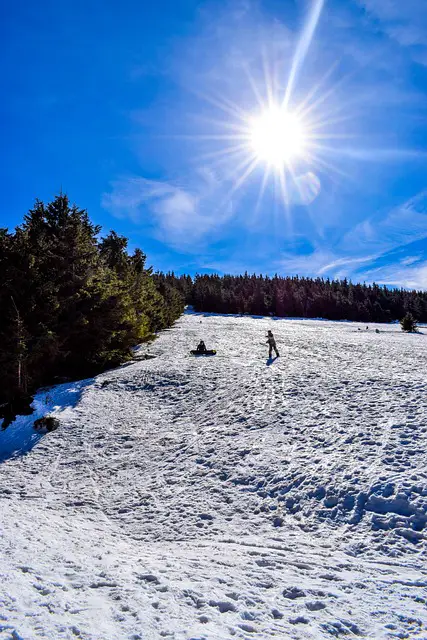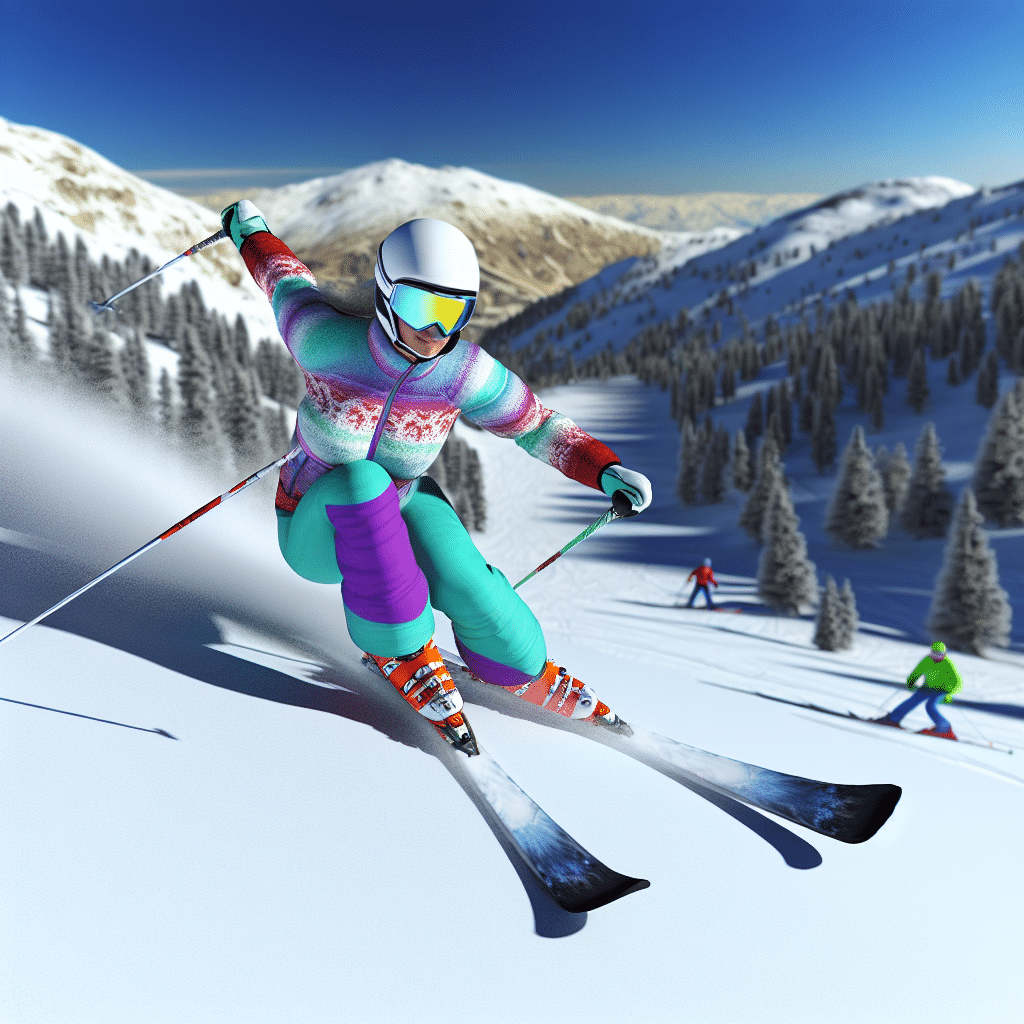Snowshoeing is a recreational winter sport that involves walking across snow with the help of footwear that distributes the weight of the person over a larger area. This activity is gaining popularity across the globe due to its simplicity, affordability, and the fantastic outdoor experience it offers. However, for an enjoyable and safe snowshoeing experience, the right footwear is crucial. In this article, we will discuss what kind of boots you should wear for snowshoeing.
Why is the Right Footwear Necessary for Snowshoeing?
Snowshoeing, like any other outdoor activity, requires the right gear to ensure an optimal experience. The right boots can improve your mobility and comfort on the snow. They provide the necessary insulation to keep your feet warm and protect against moisture, and also prevent injuries from slipping or tripping over buried rocks or ice.
Comfort and Warmth
Boots for snowshoeing must offer a high level of comfort. They should be able to accommodate the extra bulk of thermal socks without causing any discomfort. Moreover, boots should provide sufficient warmth as snowshoeing often involves long periods of exposure to freezing conditions.
Injury Prevention
Proper boots will also protect you from injuries. They should have good traction to prevent slips and falls, and sturdy construction to protect your feet from sharp objects or rough terrains beneath the snow.
What Features Should Boots for Snowshoeing Have?
Insulation
Good insulation is a vital feature of snowshoeing boots. They should provide adequate warmth to your feet in freezing weather. Look for boots featuring technological advancements like Thinsulate or Omni-heat reflective lining.
Waterproofing
Since snowshoeing involves walking on snow, the boots must be waterproof to avoid getting your feet wet, which would eventually lead to freezing. Many modern boots include a waterproof yet breathable membrane, which keeps the feet dry and comfortable.
Fit and Comfort
Considering that you will be wearing these boots for extended periods, comfort cannot be compromised. The boots should not be too tight or too loose, and they should have excellent ankle support and good cushioning.
Traction
Good traction is another essential feature to prevent slipping on icy or packed snow. Look for boots with rugged and non-slip soles.
So, What Kind of Boots Should I Wear for Snowshoeing?
While there is no one-size-fits-all answer to this question, a good pair of insulated, waterproof hiking boots can usually do the trick. Several boot brands specialize in winter footwear, offering boots with all the necessary features for snowshoeing.
You can also opt for snow boots, which are specifically designed for walking on snow and can handle deeper snow better than most hiking boots. Such boots are usually heavily insulated, which can be a significant advantage in very cold conditions.
In conclusion, the choice of boots for snowshoeing largely depends on the climate of the area, the intensity of your activity and your personal comfort. The key is to prioritize warmth, comfort, protection, and traction when selecting the right footwear for your snowshoeing adventure.




